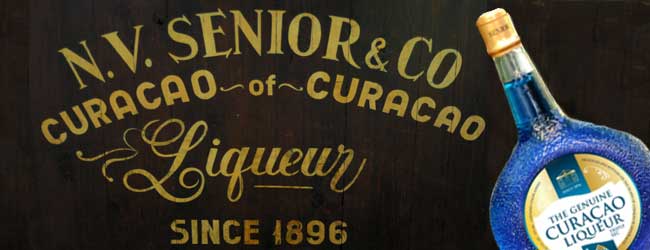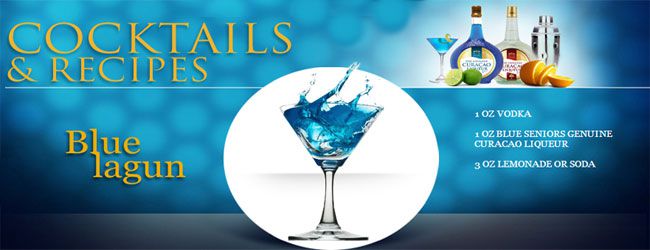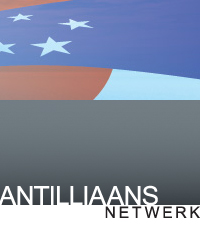When the Spanish colonized Curaçao in the early 1500s, they imported their deliciously sweet Valencia oranges in the hopes of cultivating a New World citrus crop. Originally from Southern Asia, the orange made its way to Syria, Persia, Italy, Spain and Portugal. Then Spanish missionaries decided to transplant them to California, Florida and the West Indies. But their sweet and zesty Valencia orange didn’t take to Curaçao’s dry climate and arid soil: the fruit transformed into a hybridized shriveled, bitter, greenish brown “orange” and grew wild, so bitter that goats would rather starve than eat them.
Then the Portuguese arrived in Curaçao in the mid-1600s and discovered the strange wild “orange”. They decided to name it “Laraha”, close to the Portuguese word for orange “Laranja”. The name stuck in Papiamentu as well. Slowly but surely Curaçaoans came to realize that sun-dried Laraha peels develop an etheric oil with a pleasing fragrance. By the 19th century industrious Curaçaoans were experimenting with different concoctions, hoping to discover a delicious, new alcoholic beverage. (Rumor has it that the father of Triple Sec, Edouard Cointreau of France, visited Curaçao in the mid-1900s and decided to combine Laraha’s bitter dried peels with sweet oranges in an aperitif.)
The Sephardic Jewish Senior family, in particular, sensed a special kind of quality within the Laraha. They kept experimenting and finally stumbled upon a pleasantly unique taste when adding various exotic spices and herbs to Laraha oil. We don’t know much about these ingredients, except for the fact that they were most likely imported from Germany. The story goes that the Seniors placed the mix in special jute bags, allowing the peel and German secrets to steep in alcohol (imported from the Netherlands) for a week, then added some more alcohol, water and sugar resulting in a sweet and bright flavor, with a faint twinge of bitterness: the perfect complement to a wide array of cocktails or fine all by itself.
Edgar Senior was eager to share his family’s Laraha liqueur with the rest of the world so he founded Senior & Co. in 1896. True to his brazen form, he named the spirit “Curaçao of Curaçao” - confusing the rest of the world for centuries to come: “wait, you’re actually FROM Curaçao?! but that’s a liqueur!” (Well, in this case, the turkey IS from Turkey)
So why is the liqueur’s claim to international fame the color blue as in ‘Blue Curaçao’? Well, as it turns out, the traditional clear version was colored blue in the 20th century, by adding good old-fashioned, ‘all-natural’ food coloring imported from the US.
Just as “Blue Curaçao” grew widely popular, making its debut on cocktail menus all over the world, the scientific world concluded that the Laraha only grows in Curaçao, so they baptized it Citrus Aurantium Curassuviensis, Latin for “Golden Citrus of Curaçao”. Don’t be fooled by imitators: not all “Blue Curaçao” and “Curaçao” liqueurs are made with Laraha and therefore “from” Curaçao. Senior & Co.’s Genuine Curaçao Liqueur is the only one that can lay claim to “Genuine” precisely because it’s made with Laraha. It’s also made with German and Dutch ingredients — blended together in Curaçao by Curaçaoans — and colored blue (and other less popular colors) to appeal to American cocktail aficionados: a genuine embodiment of Curaçao’s multi-cultural spirit.

By Carolina Gomes-Casseres
Carolina Gomes-Casseress is the creator of the website “1000 Awesome Things About Curaçao”, an online encyclopedia that underscores culturally curious and remarkable things Curaçao brings to the world. She has adapted this article from a speech her grandfather, Charles Gomes Casseres, gave at Senior & Co.’s Genuine Curaçao Liqueur’s 100th year anniversary celebration in 1996. May he rest in peace and his legacy live on forever.
Cocktail recipes (see below) and pictures: curacaoliqueur.com
Pictures: 1000awesomethingsaboutcuracao.com
More Travel & Leisure articles /
Do you wish to write for Colors?











